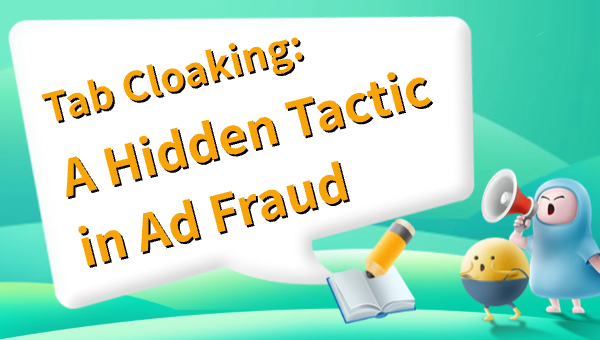Tab Cloaking: A Hidden Tactic in Ad Fraud
Introduction: When One Tab Shows, Another Hides
In the ever-adaptive world of digital advertising, fraudsters have developed creative ways to bypass detection systems. One such tactic is Tab Cloaking, a deceptive strategy where a browser tab displays one version of content to a user and another to the tracking or reviewing system. This stealthy technique can lead to inflated metrics, false engagement signals, and even advertiser bans.
But how exactly does tab cloaking work, and how can ethical marketers protect their campaigns?
What Is Tab Cloaking?
Tab cloaking involves manipulating browser behaviors to:
Load one visual page for the user (often harmless or promotional)
Simultaneously run another hidden tab or iframe (which may load ads, malware, or non-compliant offers)
This is done to trick verification systems like Google’s Quality Score checks or affiliate tracking scripts. It’s often executed using JavaScript or meta refresh tags, making it difficult to detect without deep inspection.
Why It’s Popular Among Ad Fraudsters
There are a few key reasons why tab cloaking is widely used:
Inflated ad views or impressions: The hidden tab loads ads that the user never actually sees.
Fake engagement metrics: Timers and trackers are activated even though no real interaction occurs.
Policy evasion: Reviewers see a compliant version, while real users get redirected or shown restricted content.
For blackhat affiliates or fraud rings, this method offers a short-term gain—but the long-term risks are high.
The Risks for Marketers
Even if you didn’t implement tab cloaking yourself, your campaigns might be affected by:
Partnering with bad traffic sources or ad networks
Using shady plugins or scripts embedded in your pages
Allowing third-party redirect behavior without vetting
Once detected, tab cloaking leads to:
Account suspension
Traffic bans from major platforms
Reputation damage and lost ROI
How to Detect Tab Cloaking
Identifying tab cloaking is tough, but not impossible. Look for:
Sudden spikes in engagement metrics with no corresponding sales
Abnormally low bounce rates
Hidden iframes or JavaScript running upon tab switch or inactivity
Manual auditing and using anti-fraud tools can help flag such behavior.
How Ethical Cloaking Differs
At adcloaking.com, cloaking is used not for fraud, but for bot filtering and compliance. Ethical cloaking:
Detects bot vs. human traffic intelligently
Shows Google reviewers a whitehat version
Keeps real users on high-conversion, policy-friendly paths
It’s transparent, trackable, and supports campaign sustainability.
Best Practices to Stay Safe
Avoid plugins or scripts from unknown sources
Regularly audit affiliate partners and ad sources
Use a smart cloaking system like adcloaking.com
Monitor behavioral metrics for anomalies
Conclusion
Tab cloaking might seem like a clever trick, but it's a dangerous game. For serious marketers, longevity and compliance matter. Choose transparency, not tricks—and protect your business with tools designed to work with platforms, not against them.
Explore ethical cloaking solutions now at adcloaking.com.

